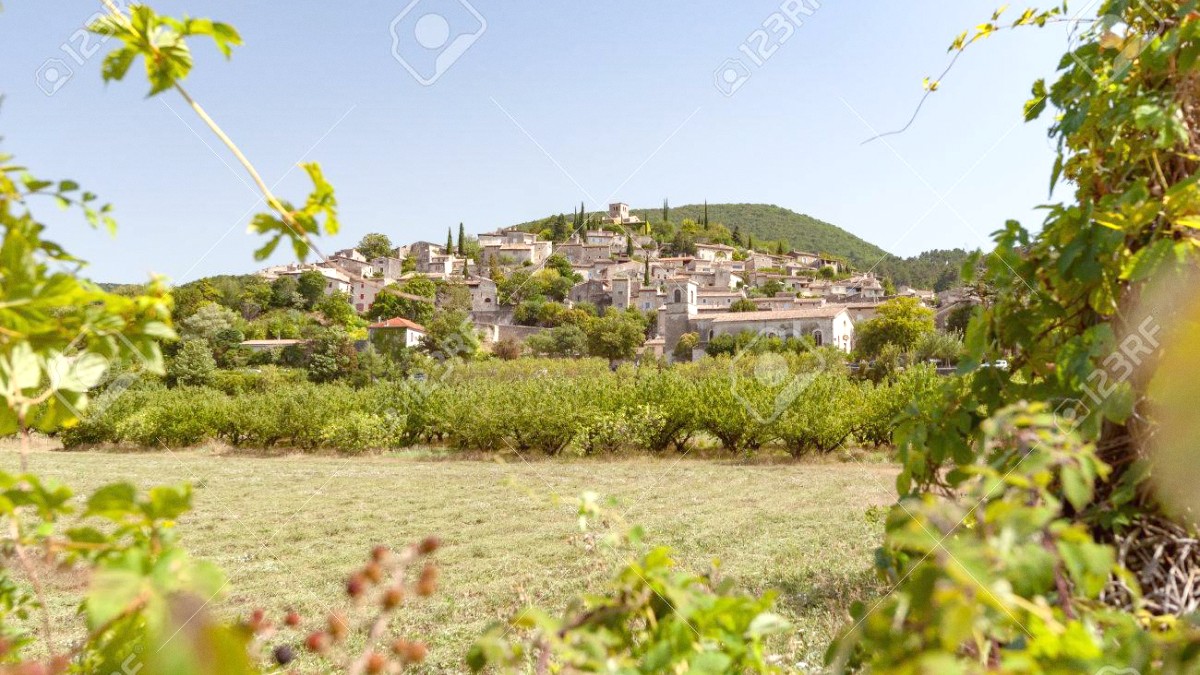
Umbria And Le Marche, Italy
From simple 1-star properties to elegant 4-star boutique hotels, often in renovated historic buildings. Amenities like private bathrooms and on-site restaurants are common.
Popular, family-run choices offering a personal and intimate experience. Typically include breakfast and locate in charming restored buildings.
Simple, clean, and affordable lodging for a quiet, contemplative atmosphere, popular with pilgrims.
Self-catering facilities for more space and flexibility, suitable for families or longer stays. Find studios to multi-bedroom apartments.
Rural properties offering accommodation, often with traditional Umbrian meals from their own produce. Many feature swimming pools and panoramic views.
Limited options in the wider Umbria region for RVs or tents, providing a rustic experience.
Consider unique exchanges for longer, immersive stays.
Explore a wide range of options on sites like Booking.com, Agoda, Vrbo, Hostelworld, IHG Hotels, and TrustedHousesitters.
Assisi effectively has two main areas for accommodation, each with distinct advantages and character.
Vacation rentals or apartments provide space and self-catering. Hotels with family/connecting rooms. Agriturismos offer spacious grounds and pools.
B&Bs or monastery stays offer welcoming environments. Historic center hotels give easy access. Seek properties in restored medieval buildings.
Here are types of accommodation recommendations for various travelers, helping you find the right fit for your Assisi stay.
Carefully read recent reviews to confirm current conditions, cleanliness, and staff helpfulness. This provides realistic expectations.
Verify the precise location relative to your main points of interest, especially considering Assisi's hilly terrain.
If driving, understand parking options and any ZTL restrictions in the historic center before booking.
Umbrian cooking celebrates the bounty of the land, with a focus on hearty, rustic flavors rather than elaborate preparations.
Umbrian cuisine evolved from agrarian roots, prioritizing farm-fresh produce, game, and local farm products. It emphasizes quality ingredients and straightforward cooking methods.
Beyond wild boar, rabbit (coniglio), pigeon (piccione), and other game birds frequently appear. Saffron cultivation contributes distinct flavor and color to risottos.
Lunch (pranzo): 1:00 PM - 2:30 PM. Dinner (cena): 7:30 PM - 9:30 PM or later. Many restaurants close between services. A "coperto" (cover charge) or "servizio" (service charge) may appear on your bill.
A traditional Italian meal unfolds in several parts, though ordering all courses is not a requirement.
Hand-rolled Umbrian pasta with a rich black truffle sauce.
A staple, often as a rich ragù with pasta or roasted.
Savory, moist boneless pork roast, seasoned with garlic and rosemary, with crispy skin.
Small, flavorful lentils from high-altitude plains, often in hearty soups.
Guinea fowl cooked with olives, rosemary, garlic, and local white wine.
Traditional Umbrian flatbread served with cured meats or cheeses.
Try Sagrantino di Montefalco (red) and Grechetto (white).
Sweet pastry roll with apples/nuts; hard almond biscuits with Vin Santo.
Assisi offers fine dining, mid-range restaurants (Ristorante/Trattoria), and budget eateries (Trattorias/Osterias, Bars/Cafes, Forni/Panetterie for pizza al taglio).
Explore beyond dining with cooking classes (like Cooking classes), farm visits, and food festivals. Taste local olive oil at a mill or join a truffle hunting excursion.
Vegetarian options are generally easy with Umbria's vegetables, legumes, and pasta. Vegan options may require careful inquiry; ask for no cheese or butter.
Halal and Kosher dining options are extremely limited or nonexistent. Self-catering or bringing certified foods may be necessary.
Awareness for "senza glutine" (gluten-free) options is growing. Inform staff clearly. Consider carrying an allergy card in Italian for severe allergies.